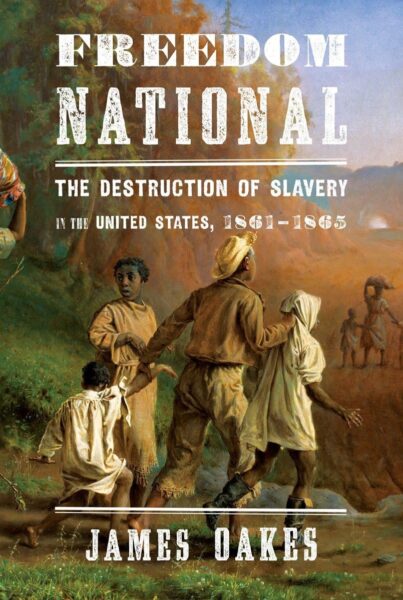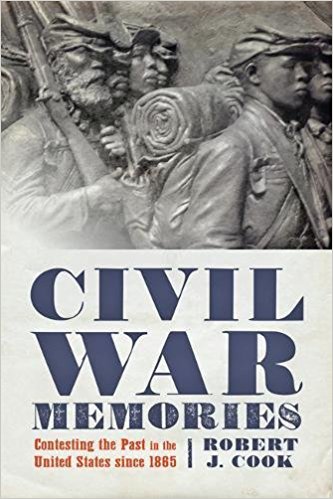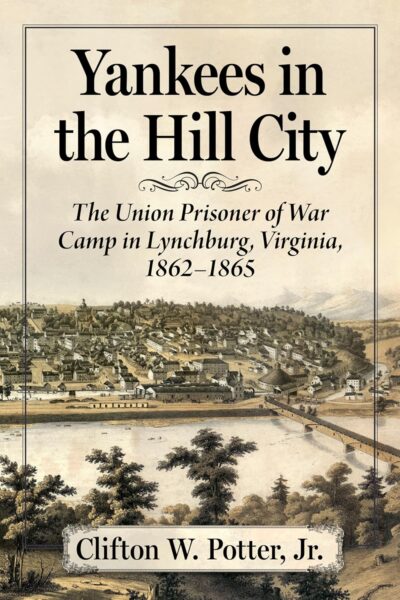Simply Murder: The Battle of Fredericksburg, December 13, 1862 by Chris Mackowski and Kristopher D. White. Savas Beatie, 2013. Paper, ISBN: 1611211468. $12.95.
 This engaging volume, part of the “Emerging Civil War Series,” is a useful resource for anyone seeking to expand their knowledge of the Battle of Fredericksburg. Readers unfamiliar with the December 1862 battle will find an accessible, informative history of the event. Those more familiar with the battle may also find the book of interest, especially for its primary source quotations and information on visiting sites – battlefields, monuments, visitor centers, museums, and walking trails – related to the battle.
This engaging volume, part of the “Emerging Civil War Series,” is a useful resource for anyone seeking to expand their knowledge of the Battle of Fredericksburg. Readers unfamiliar with the December 1862 battle will find an accessible, informative history of the event. Those more familiar with the battle may also find the book of interest, especially for its primary source quotations and information on visiting sites – battlefields, monuments, visitor centers, museums, and walking trails – related to the battle.
The layout and format of the book contribute to its appeal. Nearly every page features period and/or modern photographs, illustrations, and maps that well complement the main text. Period quotations from civilians, soldiers, and generals – some of the more dramatic being featured in enlarged text – are used to good effect throughout the book.
The prologue opens with an evocative description of the battle’s aftermath, painting a scene of devastation and death that invites readers to ponder how such things came to pass. Thirteen chapters then trace the battle chronologically, from its origins through its aftermath.
The first two chapters set the stage by reviewing for readers the events that led to the Battle of Fredericksburg. Chapter one explores the roots of the campaign in the aftermath of the Battle of Antietam, and Major General Ambrose Burnside’s movement to the Fredericksburg area. The second chapter examines the Army of the Potomac’s preparations for war.
The authors then detail how Union troops came to infiltrate the city. In chapter three, Union engineers build a pontoon bridge known as the Middle Crossing while enduring a barrage of artillery and gunfire. Next, the book presents an assessment of at the action at the north end of town. Occupation is the subject of the fifth chapter, in which federal soldiers ransack Fredericksburg. Here, one gains a greater sense of the battle’s effects on the town’s various buildings and inhabitants. Throughout, the authors’ attention to detail – especially the role of topography – helps to create a textured experience for readers.
Major military actions are the focus of the next few chapters. The Battle of Slaughter Pen Farm, the brilliant artillery action of John Pelham, the federal breakthrough of the Confederate line, the Confederate repulse at Prospect Hill, Confederate artillery success at Bernard’s Cabin, Lee’s stalwart position near his artillery on Telegraph Hill, and the terrible federal assaults against Marye’s Heights each earn individual chapters.
The authors summarize the effects of the war for the town and its inhabitants, as well as the two armies. The Confederates won an incredibly lopsided victory at Fredericksburg, and as a result, Burnside was sacked as commander of the Army of the Potomac. A postscript examining Christmas 1862 brings the book to a close.
Several convenient appendices follow, examining the Fredericksburg National Cemetery; Fredericksburg’s antebellum history; civilians at Fredericksburg (authored by Kathleen Logothetis); slavery in Fredericksburg (authored by Logothetis and Steward Henderson); and Fredericksburg in memory (authored by Mackowski). These contributions help to extend the readers’ understanding of the battle beyond its military actions. Finally, the authors provide an order of battle, a selected annotated bibliography, and a section that examines the wartime and postwar lives of key commanders.
Although photographs are credited, no sources are given for any of the cited documents. While this may have been desirable, the authors have fulfilled their purpose in providing “a quick overview of the battle and orientation to the battlefield,” and recommend other books on the subject for more “depth and insight” (vi). In sum, this book is recommended to anyone with an interest in the Battle of Fredericksburg. Mackowski and White have produced a volume that will fit into Civil War libraries for many years to come.
Catherine M. Wright is Curator of The American Civil War Museum in Richmond, Virginia.




